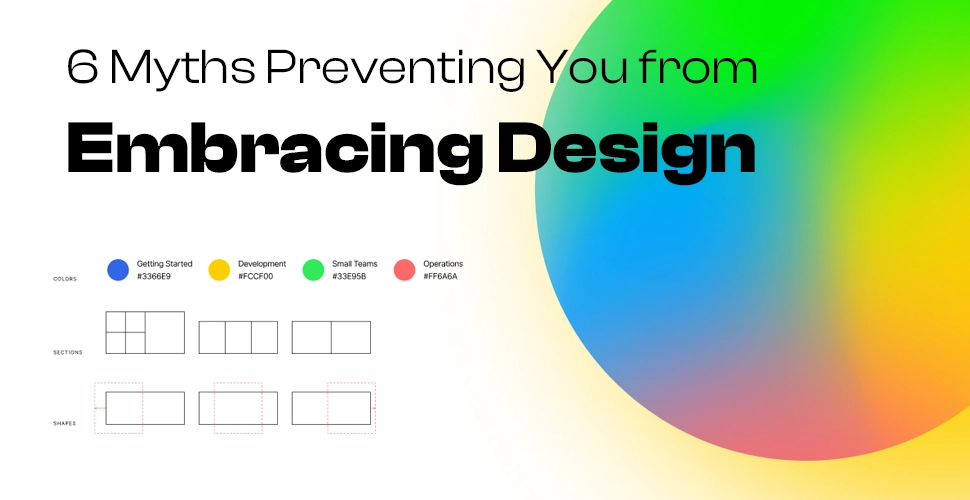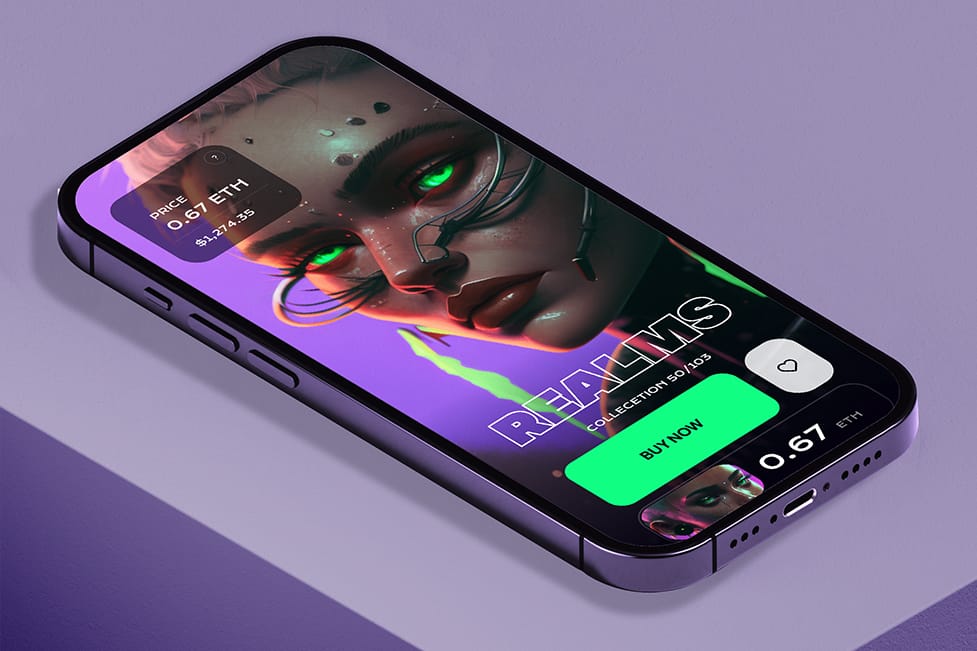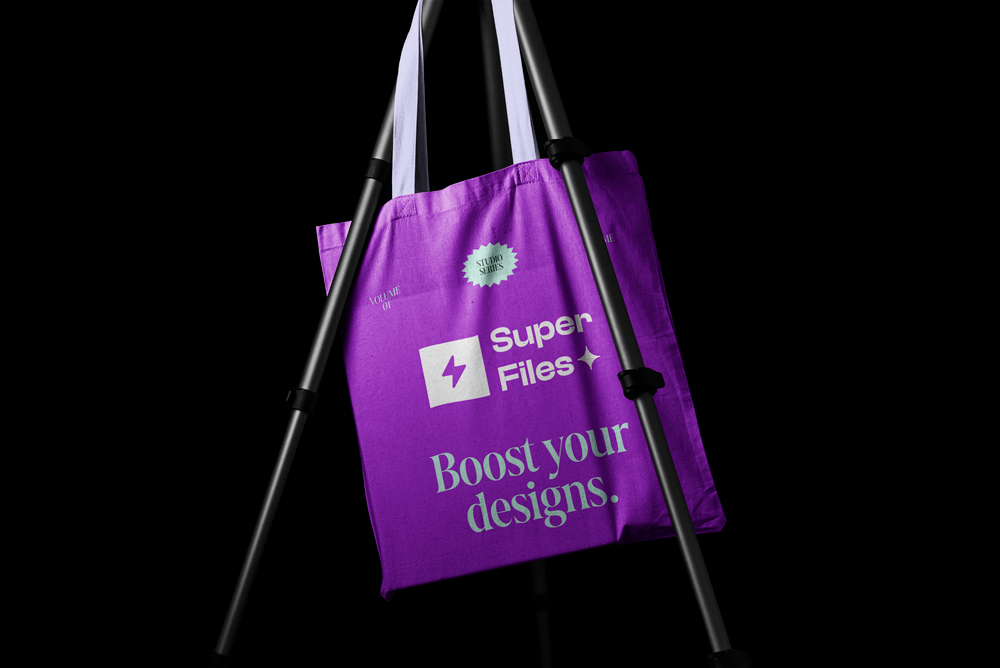Six Illusions that Hindered You from Accepting Design Systems
In the ever-growing industrial designing field, it is often hard to separate empirical evidence from guesswork and practical work from academic quality standards. What one team considered to be a bad approach could very well warn some other team against trying the very same thing over again, while a single case of something being successful may be turned into a norm.
As far as design systems are concerned, many old wives’ tales persist, which are often misinterpreted and go as far as effectively preventing teams from starting. Here, we outline these typical misconceptions in turn and assist you in understanding why it makes sense to think as well as design systems – and enhance your design process out of it.

Myth 1: Design Systems Are McGuffins for Mega Corporations
Not true!. Design systems are gamechanger devices for every business. The structures and the way they are used may be different, but their main goal is the same: to increase productivity, maintain uniformity, and facilitate communication. No matter how big or small your organization is – if your team is able to leverage a design system, it will benefit everyone and every process in the organization.

Myth 2: One Should Always Incorporate the Newest Trends in Their Design Systems
There are numerous design fads, and they tend to change from time to time, so there is no right or wrong way of doing things. While it is important to observe how top players do in their field, don’t get too carried away in trying to develop ‘the best’ design system. Your design system should rather emphasise functionality and goal orientation than simply reproducing obsolete fashions. Aim at building a system that will be useful to the users.

Myth 3: What Works in Material Design Will Work in Our Case Too
People regard Google’s Material Design as the reference for design systems without knowing that it’s not always the case. Your design system should be a reflection of your brand and ought to address your target users’ needs. Aim at not only following the best practices in the industry but also at designing the most appropriate systems for your company at this particular time. See other types of design systems and user interface (UI) kits in the Figma Community for reference and use.

Myth 4: Your Design System Must Be Developed from the Ground Up
Do not forget the great variety of open-source resources you can benefit from! You don’t create a wheel every time. Even better, if you find a similar ready-made solution, use it! Refinement and modification are allowed. Don’t be embarrassed to use someone’s else’s creativity; in fact, this approach is a well-known rule in the process of building an effective design system.

Myth 5: Should Designing A System Promote Limited Innovation
Design systems do not kill creativity which is the common myth; they bring order. By building an adequate structure, systems of design allow designers to tackle problems and deliver excellent provide unique user experiences. It’s like they are facilitators of creativity rather than being fence-encroaching walls. The aim is to optimize the systems in place without curtailing the creative drive of individuals.

Misconception 6: Designers of Design Systems Are Only Concerned With Components
Design system designers do not just sit around and create components in Figma all day, or do you? Well, not quite. These individuals are more than just designers; they are leaders and strategists who work towards creating, resolving issues and most importantly, selling the design system. They act as a bridge between designers, developers and other relevant stakeholders so that everyone is on the same page in terms of the design. As shared by Benevity Designer Owen Anderson, designing systems is not only about designing the components but also entails much more in a typical day.
Once these undergo transformation, then you break the barriers and actually enjoy the full advantages of the design systems. There are great ideas in there waiting to be utilised, ideas for making the design process more effective, uniform as well as inventive! Commence on the path of a neater and more functional approach to design, today!



